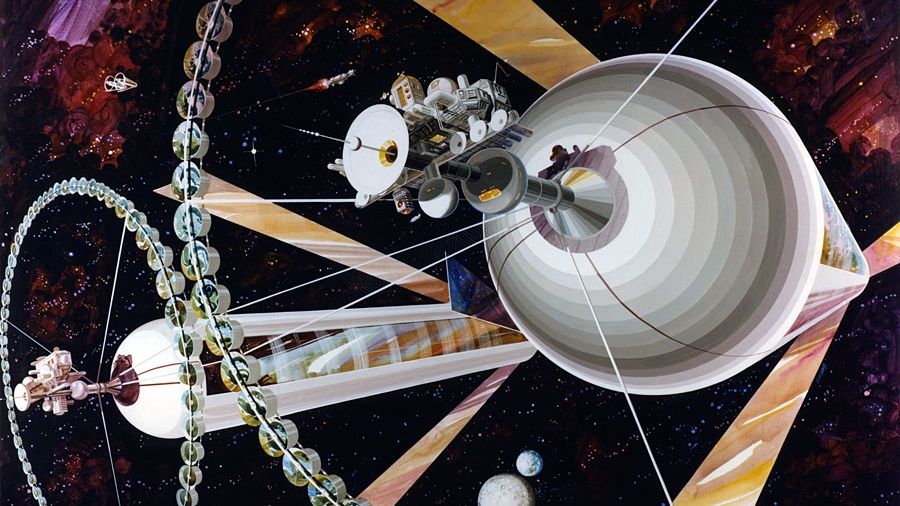Remember those dazzling sci-fi illustrations? The ones with colossal space stations, teeming with life, where rivers flowed and trees grew under artificial suns? Yeah, a lot of us, including one particularly enthusiastic scientist, bought into that vision. For a while, it felt like our future was destined for those magnificent, self-sustaining cities among the stars, orbiting Earth like colossal, benevolent moons. It was a dream fueled by boundless optimism and the sheer thrill of possibility.
But then, reality, with its cold, hard, unyielding laws of physics and economics, came knocking. And it wasn’t polite. The wide-eyed dream of giant space cities, once so vibrant, began to fade, replaced by a more sober, albeit still ambitious, understanding of what it truly takes to live beyond Earth.
The Immovable Mass of Reality
The first colossal hurdle? Mass. To build a space city large enough to simulate Earth-like conditions and sustain a significant population, you’d need an astronomical amount of material. Think about the sheer volume of steel, concrete (or its space equivalent), water, and soil required. Getting even a small fraction of that into orbit is ludicrously expensive. Every kilogram launched costs thousands of dollars. Multiplying that by the millions, or billions, of kilograms needed for an O’Neill cylinder-style habitat quickly pushes the price tag beyond any conceivable budget.
Then there are the environmental challenges. How do you shield against deadly cosmic radiation and solar flares over decades or centuries? How do you create and maintain a breathable atmosphere in a completely closed system without Earth’s vast biological support network? And how do you generate reliable, long-term artificial gravity without massive, energy-intensive rotation that could induce motion sickness in some inhabitants? As one expert quipped, We’re not just building a structure; we’re essentially trying to rebuild a planet, only without a planet’s inherent stability.
It’s a monumental undertaking that makes even the most complex terrestrial engineering projects look like child’s play.
The Human Factor: More Than Just Walls
Even if we somehow overcame the engineering and financial hurdles, there’s the subtle, yet profound, human element. Living in a metal tube, however grand, far removed from the natural rhythms of Earth – the wind, the rain, the open sky, the vibrant ecosystems – takes a toll. Prolonged isolation, sensory deprivation, and the psychological impact of living in an entirely artificial environment are not trivial concerns. Astronauts on the International Space Station endure incredible stress; scaling that up to thousands or millions of permanent residents presents an entirely new challenge.
Furthermore, what about the society itself? How would governance work? What kind of economy would be viable? The logistics of food production, waste management, and resource recycling in a truly closed loop are mind-boggling. It’s not just about building walls; it’s about creating a sustainable, thriving civilization in a profoundly unnatural setting, where every single variable must be meticulously controlled and accounted for.
A Shift in Perspective, Not a Retreat
So, the grand vision of bustling space cities has, for now, receded from the immediate horizon. It’s not that the dream is entirely dead, but it has certainly matured. Our focus has shifted from gargantuan, self-contained worlds to more practical, modular approaches: smaller habitats for scientific research, long-duration missions to Mars, and perhaps asteroid mining to source materials in situ. These are still ambitious goals, but they’re grounded in a clearer understanding of current technological capabilities and economic realities.
The wide-eyed optimism of humanity reaching for the stars remains, but it’s now tempered by a pragmatic appreciation for the incredible difficulty of the task. We’re still striving to expand our reach beyond Earth, just with a more realistic roadmap and an acknowledgment that while the dream of orbiting cities might be a distant future, the journey itself is filled with equally fascinating and achievable milestones.




